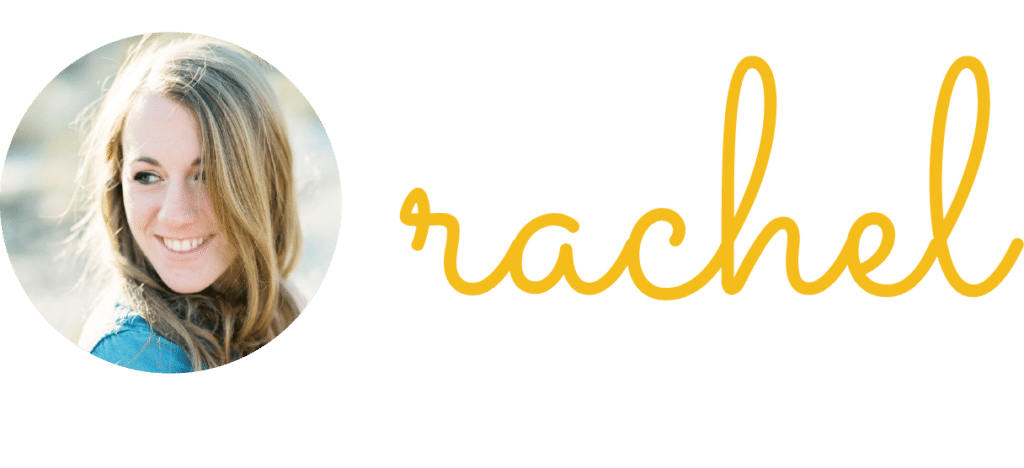Stories are about change. Specifically, stories are about how characters change. We love stories so much because we are able to see ourselves in the main character, and we learn as they learn.
You’ve probably spent a lot of time working on your main character—the protagonist whose journey of change the reader experiences. You likely know your main character inside and out, and you know exactly how they’ll grow throughout the story.
However, many writers overlook the importance of the antagonist and their role in the story, spending less time and effort on creating this character. An antagonist is more than just “the bad guy.” They are the backbone of how the protagonist transforms, and they deserve just as much if not more effort than the protagonist.
Without a solid antagonistic force, your main character cannot or will not change, which means the story is left with no arc, and no connection to the reader. In this blog, we explore the antagonist as a character.
What is an antagonist?
The antagonist is the opposing force, the obstacle, to what your protagonist wants. There are two main types of antagonists: the adversary and the villain.
- The Adversary (positive arc): In a romance, or friendship story, these characters often also have positive arcs—they change alongside your protagonist, proving the story point in their own way (i.e. Mr. Darcy, unlearning his prejudices to fall in love with Lizzy).
- The Villain (negative arc): Whether evil or not, this describes an antagonist who fails to change. They cannot face their internal obstacle (see below), and refuse to unlearn it, and their demise proves the story point (i.e. Voldemort, failing to learn that there are things worse than death).
Your goal is to choose the type of antagonist which will present the most challenging problems to your main character, and remember that their journey (whether failure or redemption) should prove your point.
Let’s take a look at Prince Zuko, from Avatar: The Last Airbender (ATLA), as an excellent example of an antagonist that works.
One hundred years after the Fire Nation began their conquest to conquer the world, Avatar Aang is on a quest to restore balance. Zuko, a prince from the Fire Nation, is attempting to hunt down and capture the Avatar as a way to restore his own honor. Zuko and Aang face off multiple times throughout the story, until Zuko’s eventual redemption and recognition of the story point: love and friendship bring balance to the world.
Antagonists create opportunities for change
Because antagonists oppose the protagonist and stand in the way of achieving their goals, the antagonist is the driving force behind the protagonist’s character arc. As KM Weiland puts it, “the antagonist is the agent of change—the hammer to the protagonist’s stone.”
Why? Let’s break it down.
Strong characters have both internal and external goals, stakes, and obstacles. The protagonist wants something (goals), but something is standing in their way of getting it (obstacles). Until the protagonist overcomes their internal obstacle, and unlearns the misbelief/lie that is holding them back, they will not be able to achieve their goals.
The antagonist acts as the external obstacle—the plot problem—which the protagonist is fighting. As the antagonist and the protagonist face off against each other, the protagonist must continually change their tactics (the wrong way) until they learn the lesson they need to learn and overcome their internal obstacle. Only then will they be able to overcome the antagonist and achieve their goals.
Therefore, as the protagonist fights against the antagonist, they are forced to transform in order to eventually “beat” the antagonist. It is the antagonist who creates the opportunities for the protagonist to learn their lesson.
In ATLA, Avatar Aang, the protagonist, is on a mission to restore balance to the world. However, he must first find balance within himself. As Aang and Zuko face off throughout Book 1 (the first season) and Book 2 (the second), Zuko acts as an obstacle that Aang must overcome in order to move past feelings of revenge and hate and move toward balance and love. Through fighting and eventually befriending Zuko, Aang learns more about himself, what it means to be Avatar, and how to find peace in the face of anger.
Stay in conversation with the story point
If you haven’t yet, spend time determining your story’s point—the specific message or takeaway you want your readers to learn about how the world works. The point acts as the guidepost for the story, and should influence all decisions you make regarding plot, arcs, worldbuilding, etc.
Just as the protagonist’s journey of transformation should prove the story’s point, your antagonist’s journey should as well.
Prince Zuko’s character arc is about learning to love oneself and finding friendship with others. Once he eventually unlearns his internal obstacle (honor is the only thing that makes him lovable), he is able to finally learn and prove the story point (love and friendship bring balance to the world).
Create a three-dimensional antagonist
The key to creating a realistic antagonist is that they must believe they are their own hero. To make a believable adversary, or villain, you as the author must understand what their motivations are, and why they are doing what they’re doing.
Think about their goals: What do they want, both internally and externally? What are they trying to accomplish? Why?
Prince Zuko wants to restore his honor by capturing Avatar Aang (external), but what he really wants is to gain love and respect from his family and nation (internal). He believes capturing Aang is the way to gain love and respect. He does it because his father tells him to.
Consider what’s at stake: What do they believe will happen if they don’t get what they want, both internally and externally? Why do they care?
If Prince Zuko doesn’t capture the Avatar, his fears his father will never let him return home (external). If he fails to regain love and respect from his family, he believes he’ll remain alone (internal).
What’s holding them back: What obstacles are standing in their way, internally and externally? What external obstacle do they believe is the problem? What misbelief/lie has shaped their personal beliefs (and likely set them down their path)?
The Avatar continually evades Zuko’s capture (external). He mistakenly believes that his honor is the only thing that makes him lovable (internal), which is what sets him on his misguided quest to capture Avatar Aang.
Your antagonist, whether adversary or villain, needs to be fully human—and in order to achieve this, they need motivations just as complicated as your protagonist’s.
Notice how Zuko’s motivations are rooted in a deep longing to be loved, and he believes he is doing the right thing by hunting Aang. Even as he stands in Aang’s way of bringing peace to the world, Zuko’s actions are completely understandable. His longing to be loved stays in perfect conversation with the story point of “love and friendship bring balance to the world.”
Throughout the story, the antagonist should also be struggling against their personal beliefs and how those beliefs are shaping their motivations. This makes them not only a captivating character, but also allows you to devise an arc that foils your protagonist’s.
Spend more time on your antagonist!
If your plot events stagnate, or your main character lacks change, it is time to reevaluate your antagonist! This crucial character deserves the hard work and attention needed to tie your story together.
Need help? We got your back! Schedule a free 30 min consult with us to discuss how we can help you level up your characters!








Leave A Comment